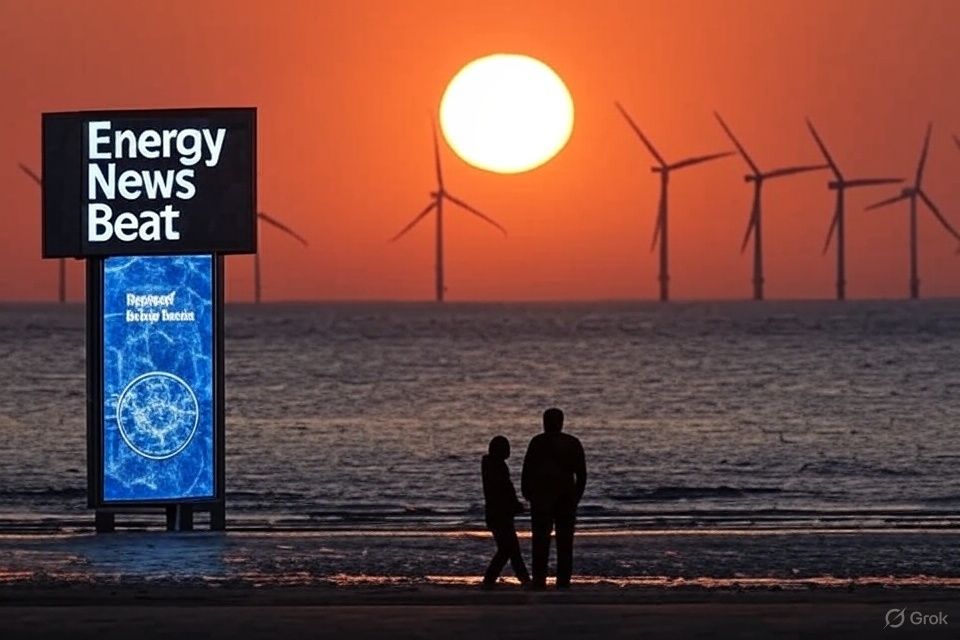In a significant setback for Australia’s renewable energy ambitions, Norwegian energy giant Equinor has abandoned its third offshore wind project in the country, casting further doubt on the viability of the nascent industry Down Under. The latest casualty is the Bass Offshore Wind Energy (BOWE) project off the northeast coast of Tasmania, following earlier withdrawals from proposed developments in Eden and the Illawarra region.
This move aligns with similar decisions by other European companies, highlighting mounting challenges in the sector.
Equinor, traditionally an oil and gas powerhouse, confirmed its exit from the BOWE project in early July 2025, leaving its local partner Nexsphere to potentially carry on alone.
Are you from California or New York and need a tax break?
The company had previously pulled out of the Eden project on the New South Wales south coast and the Illawarra zone, also in NSW, where government adjustments reduced the development area by a third and shifted it 20 kilometers further offshore.
These changes, intended to address environmental and community concerns, ultimately made the projects unfeasible for Equinor and its partner Oceanex in the Illawarra case.But Equinor isn’t alone in retreating. Spanish developer BlueFloat Energy, backed by US investors but headquartered in the EU, has withdrawn from two major proposals: the Gippsland offshore wind project in Victoria and another in the Illawarra region.
Similarly, German firm Skyborn Renewables has completely exited the Australian market after shelving its South Australia offshore wind plans.
These pullouts by European players—Equinor from Norway, BlueFloat from Spain, and Skyborn from Germany—underscore the user’s query about EU-linked companies abandoning Australian sites.The reasons behind these cancellations are multifaceted. Locally, strong opposition from communities, fishing industries, and political figures has played a key role. For instance, concerns over visual impacts, marine life disruption, and tourism have fueled protests, while Australia’s opposition leader Peter Dutton has vowed to scrap several offshore wind zones in favor of nuclear power if elected.
Government modifications to development zones, aimed at mitigating these issues, have instead increased costs and complexity.
Economically, rising construction costs, supply chain delays, and high interest rates have hammered project viability.
Equinor cited a strategic shift back to its core oil and gas operations amid these pressures.
Broader sovereign risks, including potential policy shifts post-election, have also deterred investors.
Industry sources point to fluctuations in raw material prices and a lack of federal support as additional factors eroding confidence.
Is this part of a global trend?
Absolutely. The offshore wind sector worldwide is grappling with similar headwinds, leading to widespread delays and cancellations. In 2024 and 2025, global project setbacks reached a staggering 300 GW, driven by policy uncertainties, economic pressures, and supply chain bottlenecks.
In the US, developer Orsted scrapped its 2,400 MW Ocean Wind projects in New Jersey due to inflation and rising interest rates.
Overall, cancellations have totaled nearly $100 billion in capital expenditure, with new investments dropping 35% in 2024.
Despite this, some progress persists—56.3 GW of capacity was awarded in auctions last year, primarily in Europe—but the industry is poised to miss ambitious clean energy targets amid these obstacles.
For Australia, these developments are a blow to Labor’s vision of a thriving offshore wind industry, which could contribute significantly to the nation’s net-zero goals. With six declared wind zones but no projects yet under construction, the sector’s future hinges on stronger government incentives, streamlined regulations, and resolution of community concerns.
As global renewables face turbulence, Australia’s offshore wind dreams risk being left adrift unless swift action is taken.

